A few years ago, after the mass confiscation of pangolins reported in Medan, North Sumatra I began working with an organisation working with Loris (Kukang) to add a pangolin element to their work.
Since securing funding from Ocean Park, we have been able to start thinking about developing the facilities to deal with compromised pangolin. The first step of this is building a quarantine enclosure.
Drawing on experience from past work with Save Vietnam’s Wildlife and with the knowledge of the resources available here in Indonesia, we set to work outlining what is needed.
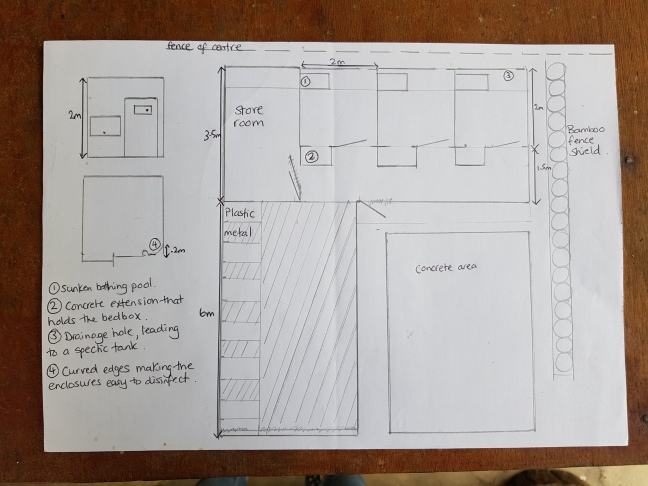
We are able to start with three quarantine enclosures with the aim of building up to six with more funding. As trade confiscated pangolins are known to suffer from gastro-intestinal problems, the enclosures have been designed to be easy to rid of all parasites and are concrete to prevent the animals from digging out of stress. Each has a bed box for the animal to sleep in a small pool for them to drink or bathe in.
After working out the design and costings a suitable piece of land was selected. One where it is well protected but isolated from other healthy animals to avoid any disease transmission. While a suitable area has been selected, even more security steps will be developed. Working close to Medan, a main port for pangolin trafficking (see map below from a Traffic report) there is always a risk keeping pangolins.
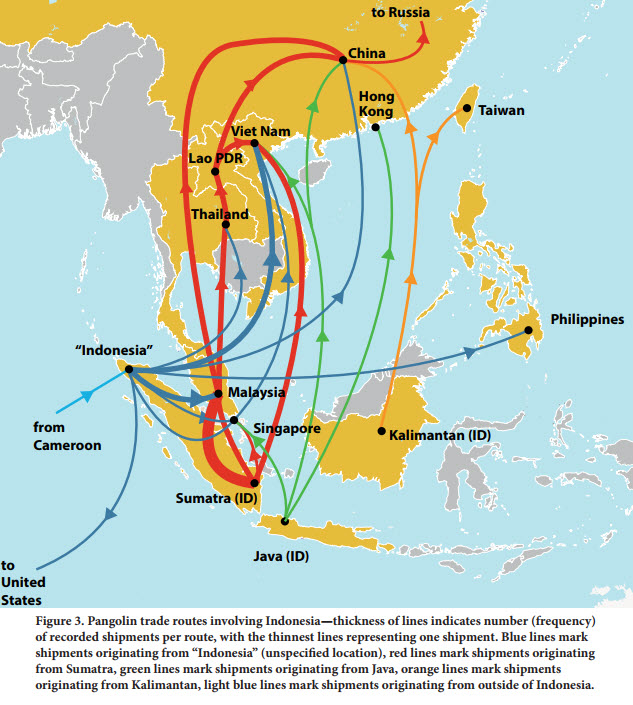
However, since building has only just begun, we have time to set up a security system protecting both the rehabilitation site itself and formally secure the loyalty of all staff.
In the meantime the rest of the year will be spent developing these bamboo markers into a suitable pangolin quarantine centre, slowly develop the capacity for pangolin conservation in this area.
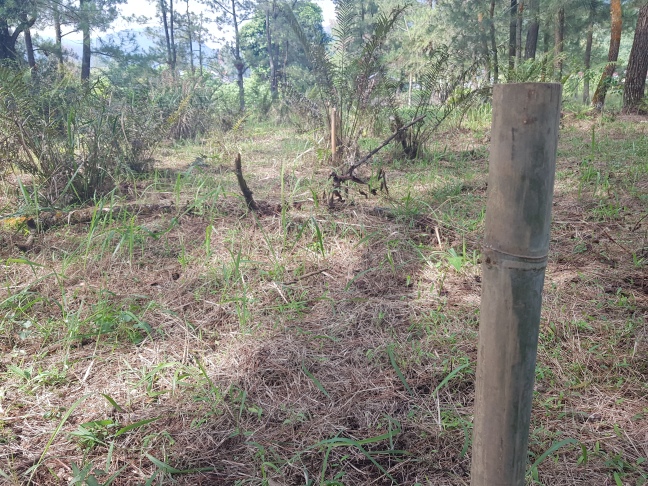

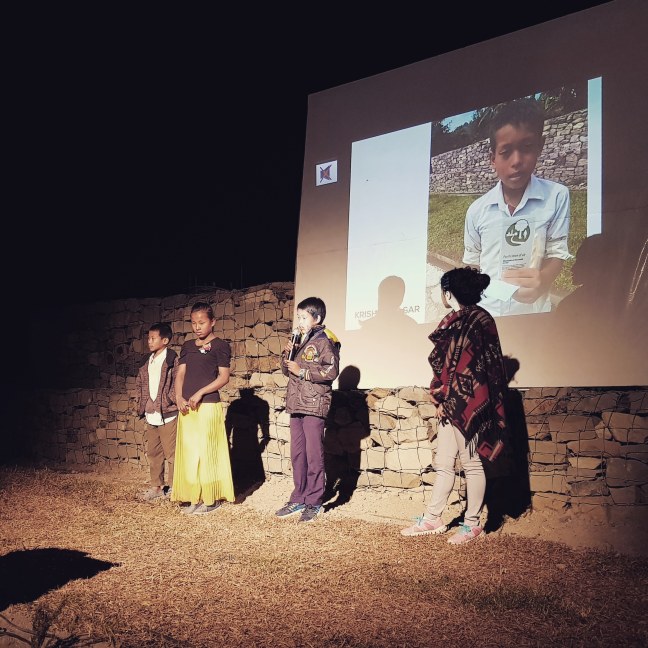
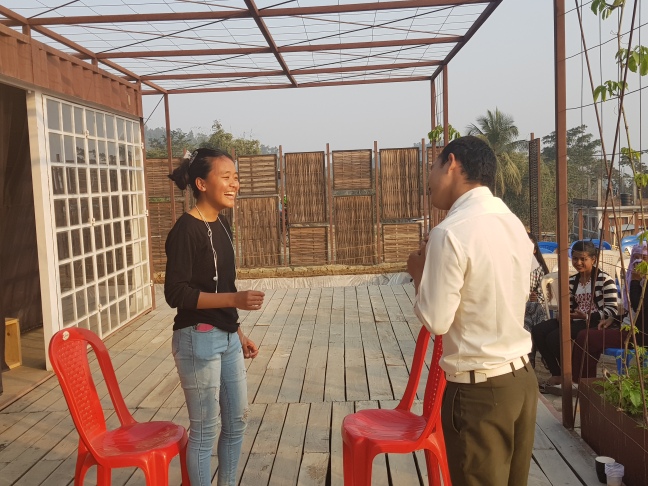 We also conducted another workshop in part of the village at a higher altitude where female participants were rewarded with wonderfully designed pangolin bags by
We also conducted another workshop in part of the village at a higher altitude where female participants were rewarded with wonderfully designed pangolin bags by 













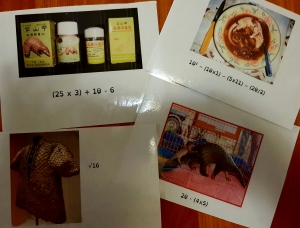
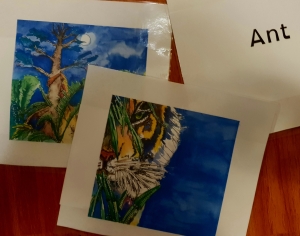
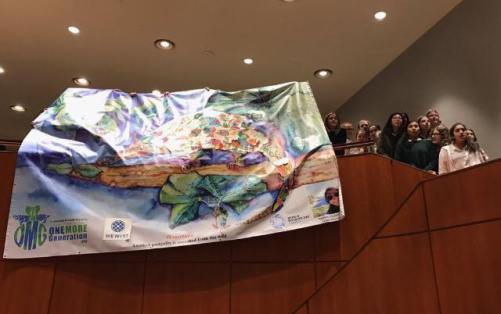
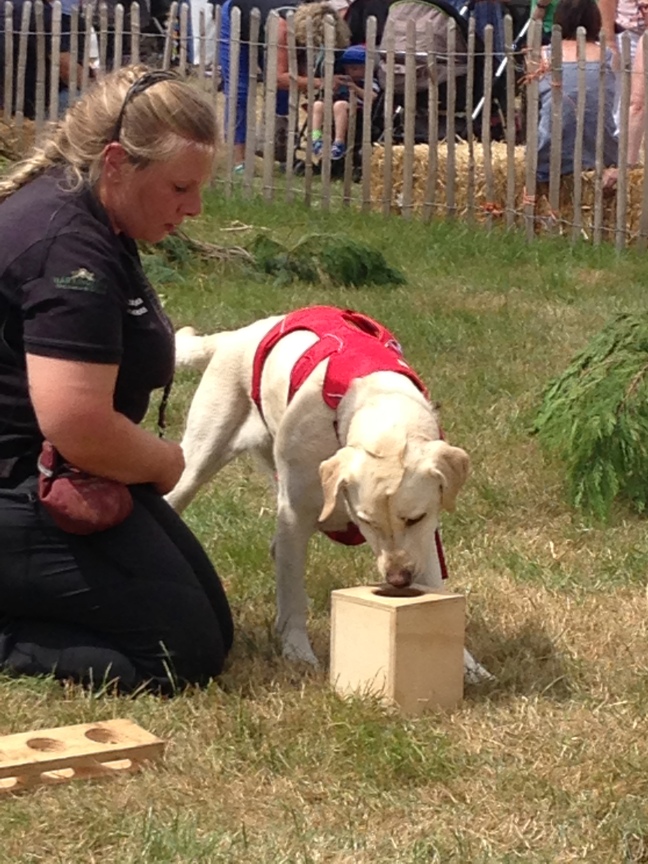
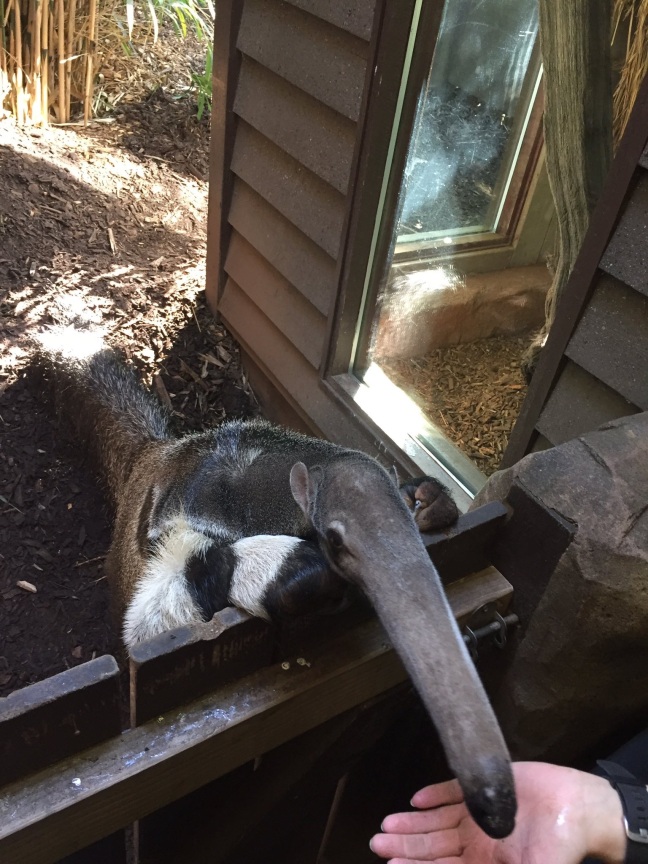
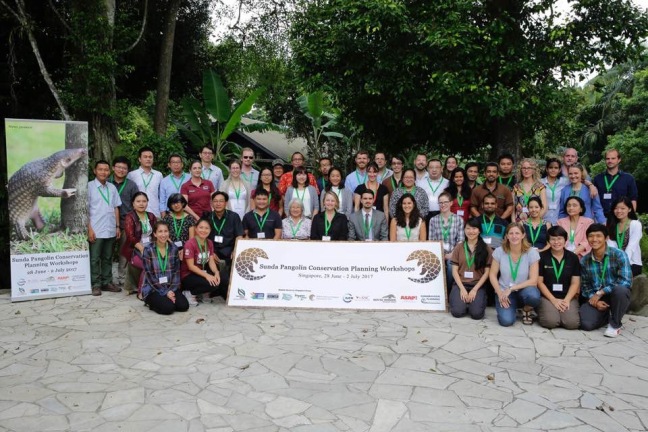
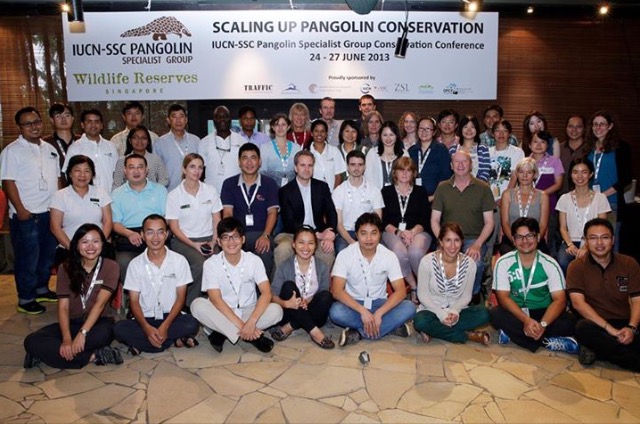
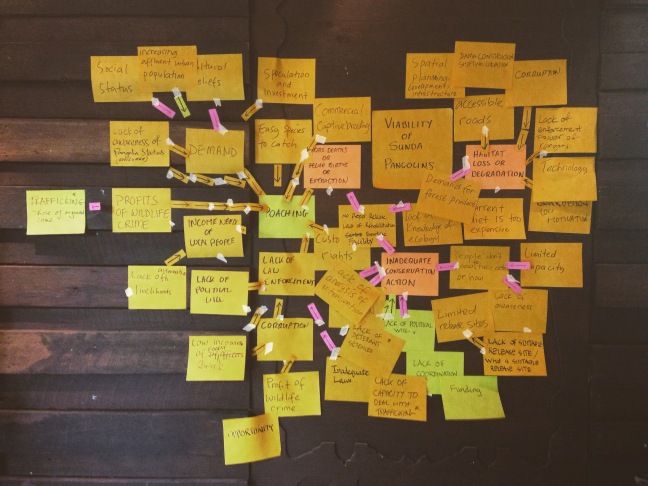
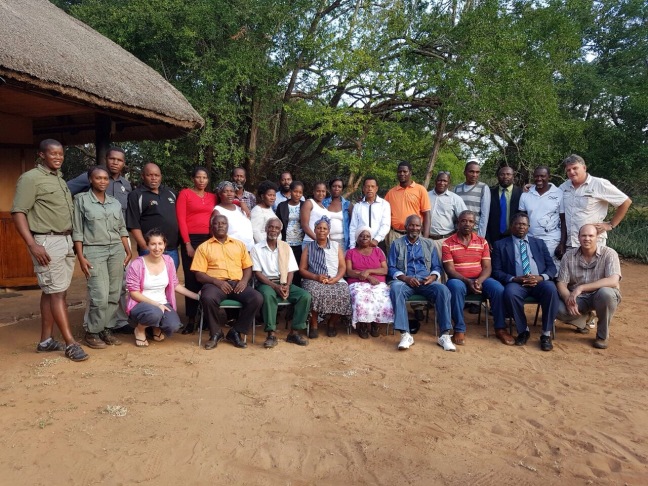









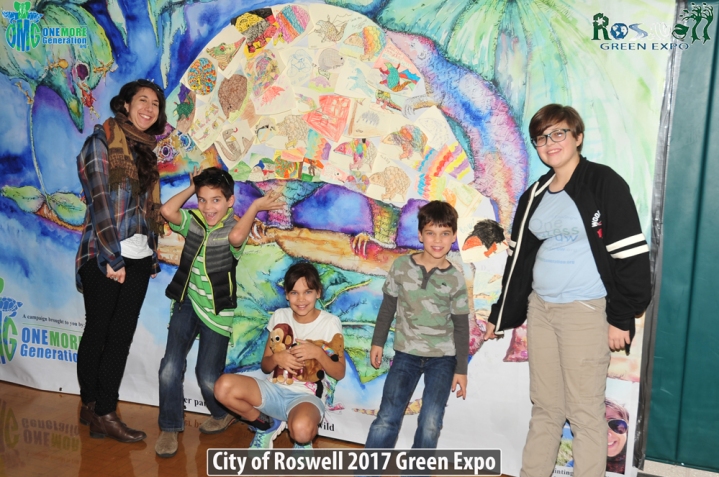 Photo provided by OneMoreGeneration.org
Photo provided by OneMoreGeneration.org 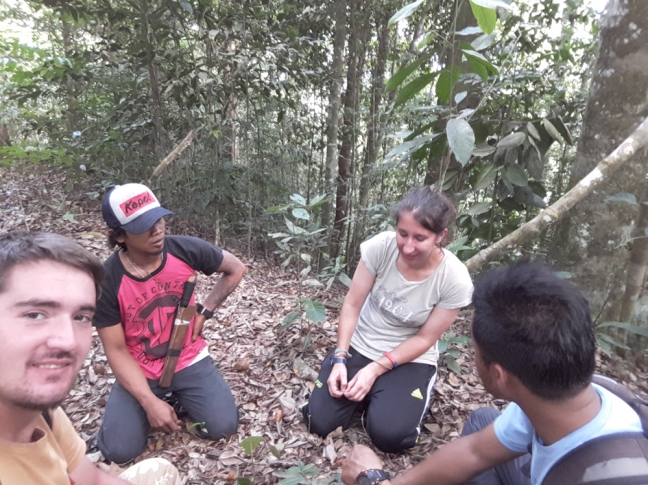 Louise Fletcher workw with pangolin poachers in an effort to get their support to save pangolins instead of killing them. Picture provided by Louise Fletcher
Louise Fletcher workw with pangolin poachers in an effort to get their support to save pangolins instead of killing them. Picture provided by Louise Fletcher 










